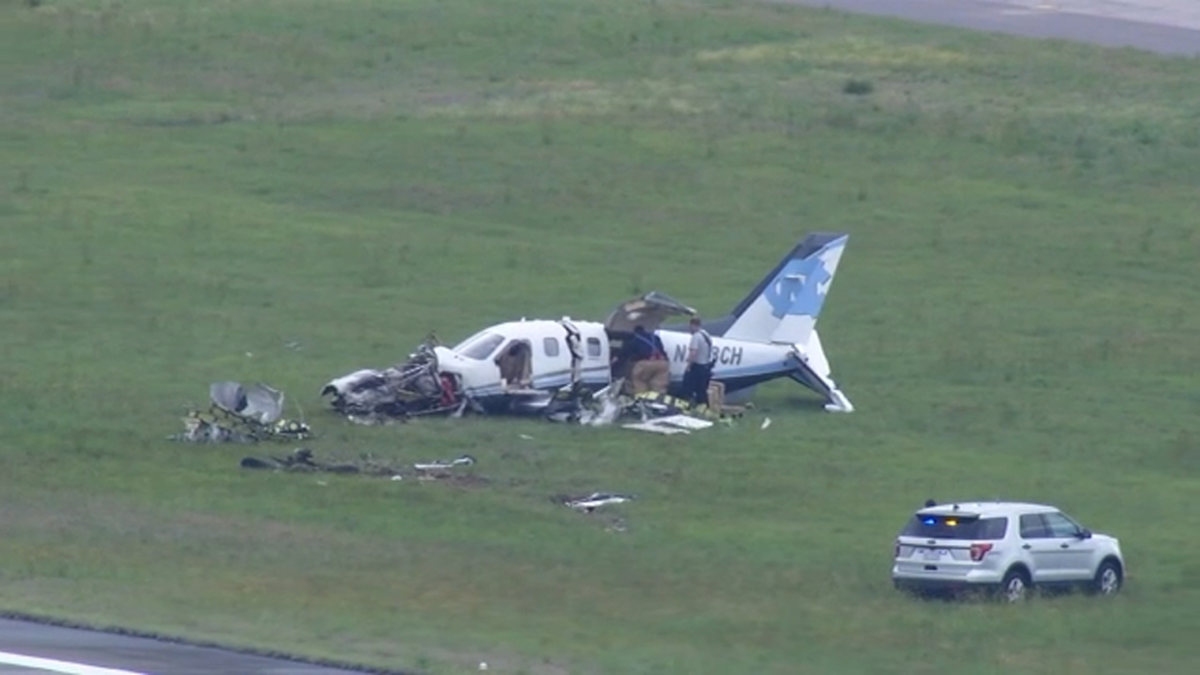A small plane crashed in New Jersey on Sunday, with officials confirming that it was en route to Raleigh-Durham International Airport (RDU). The Federal Aviation Administration (FAA) and local emergency responders are currently investigating the cause of the crash.
The incident has raised concerns about aviation safety and potential weather-related factors that may have contributed to the accident.
Details of the Crash
The aircraft, a privately owned single-engine plane, went down in a wooded area near a residential neighborhood in New Jersey. Witnesses reported hearing a loud explosion followed by thick smoke rising from the crash site. Emergency responders arrived quickly, working to secure the area and assess the damage.
According to the FAA, the plane departed from an airport in the Northeast and was on its way to RDU when it experienced difficulties. It is still unclear whether mechanical failure, pilot error, or adverse weather conditions played a role in the crash.
Casualties and Rescue Efforts
Authorities have yet to confirm the number of passengers on board and whether there were any fatalities. Local law enforcement and fire departments worked through the evening to contain the wreckage and search for survivors. Nearby residents were urged to avoid the area while the investigation continues.
The National Transportation Safety Board (NTSB) has been called in to conduct a detailed examination of the crash. Investigators will analyze flight data, pilot communications, and weather conditions at the time of the incident.
FAA and NTSB Investigation Underway
The FAA and NTSB will work together to determine the cause of the crash. Key areas of focus will include:
- The aircraft’s maintenance history
- The pilot’s flight experience and health records
- Air traffic control communications
- Possible environmental or technical factors
These agencies will release preliminary findings within the next few weeks, followed by a full report in several months.
Potential Weather and Technical Issues
Weather conditions in New Jersey at the time of the crash included strong winds and low visibility, which may have contributed to the accident. Pilots flying small aircraft are particularly vulnerable to turbulence and sudden weather changes, increasing the risk of mechanical failures or loss of control.
Experts also suggest that mechanical issues or fuel system malfunctions could be potential causes. Investigators will inspect the wreckage to determine whether the plane suffered from any known defects before takeoff.
Community Reactions and Safety Concerns
Residents living near the crash site expressed shock and concern over the incident. Many reported hearing the aircraft struggle before impact, sparking fears about the safety of small planes flying over populated areas.
Aviation safety advocates stress the importance of thorough pre-flight checks and pilot training to minimize the risk of crashes. While commercial airlines have strict safety regulations, private aircraft are often subject to different oversight levels, making incidents like this a continued concern.
Aviation Safety and Recent Small Plane Incidents
This crash is one of several small plane accidents reported in the U.S. this year. The FAA has been working to improve safety measures for private aircraft, including stricter maintenance requirements and enhanced pilot training programs.
The NTSB will use data from this crash to assess whether additional regulatory changes are needed to improve flight safety for smaller planes.
Conclusion
The small plane crash in New Jersey has raised critical questions about aviation safety, technical malfunctions, and weather-related risks. As FAA and NTSB investigators analyze the wreckage and flight data, more details will emerge regarding the cause of the accident.
Meanwhile, local communities and aviation experts continue to emphasize the importance of stringent safety measures for private aircraft.
For the latest updates on aviation safety and the ongoing investigation, visit the Federal Aviation Administration (FAA).
Disclaimer – Our team has carefully fact-checked this article to make sure it’s accurate and free from any misinformation. We’re dedicated to keeping our content honest and reliable for our readers.
